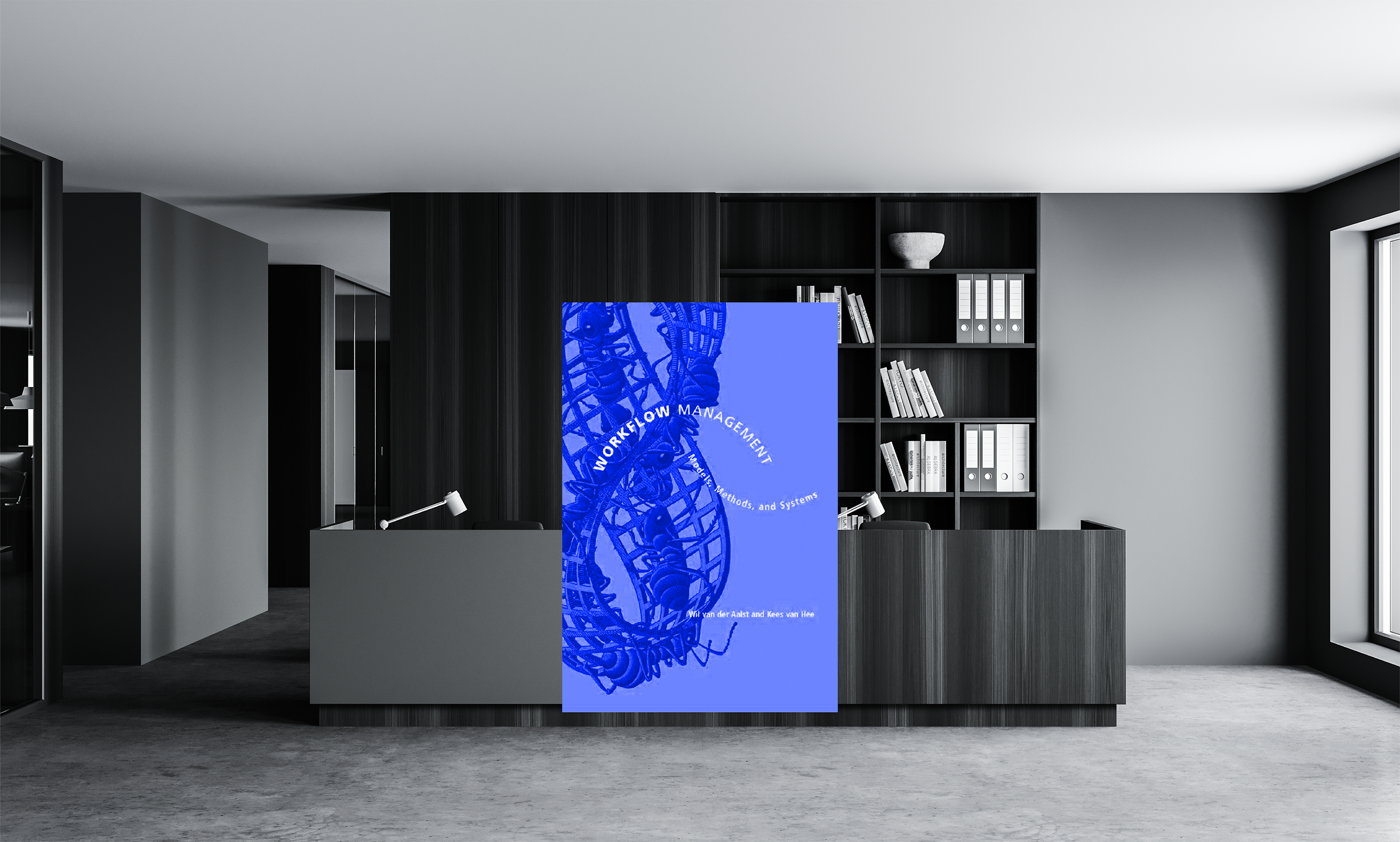
The Best of Both Worlds: Professor Wil van der Aalst Joins Celonis as Chief Scientist
I am thrilled to announce that Professor Wil van der Aalst, our invaluable Chief Scientist Advisor for many years, will officially join Celonis as Chief Scientist. Professor van der Aalst is widely regarded as the “godfather” of process mining and we are honored that he has chosen to work exclusively with Celonis moving forward. And our entire company is so excited to call Professor van der Aalst an official Celonaut!
Professor van der Aalst started working on process mining in the late 1990s when he realized that hand-made process models could not accurately reflect reality. He began to develop the first algorithms to learn Petri nets from event logs, leading to his seminal project proposal that kicked off the entire process mining field as we know it today: “Process Design by Discovery”.
The professor’s influence on us, and Celonis, began very early on: Back at that time, us three founders were all students at the Technische Universität München (TUM). To gain some practical work experience, earn some pocket money to supplement our student lifestyles and meet exciting new people, we joined Munich’s student consultancy firm, Academy Consult München (where the three of us actually met).
In 2010, a new project brought us together as co-workers for the first time. Bayerischer Rundfunk, the Bavarian state television and radio company, enlisted us to help improve the response times of its IT service team. Back then, Bayerischer Rundfunk needed about five days to fix issues within their processes, despite the industry average being about two days at that time.
And this is when we first came across Professor van der Aalst and his work. I was at our university library during these student consulting days when I stumbled on a book written by Professor van der Aalst, entitled Workflow Management: Models, Methods and Systems. This was his, and subsequently our, first-ever exposure to the ideas of process mining and workflow management. It was only by finding this book - a lucky coincidence - that Alex, Martin and I were able to make the connection of the process data we saw at the Bavarian broadcasting company, and we were inspired to try to solve it by creating a process mining tool.
Over the last two decades, process mining has matured in so many ways. It has become an academic research field, one of the fastest growing commercial tech categories, and a platform for global services and practices. And we are still in the early days of a very long journey to unlock the world’s processes to deliver their full potential.
It’s important to note that process mining is a team sport. Throughout Celonis’ history, we have been one of the few in the field aiming for continuous use of process mining by many stakeholders in business, academics, and science. And this goal requires blending the best of our commercial experience with the unique leadership and expertise Professor van der Aalst brings us in research and innovation. We believe that together, we can drive even broader breakthroughs in process mining over the decades.
We always want to strengthen the bonds of cooperation between academia and industry, and to shorten the time between research and commercialization. Van der Aalst will drive this with even more impact in his Chief Scientist role at Celonis. He will also continue his professorship at RWTH Aachen University, while working closely with the Celonis Product and Engineering team to unlock new achievements in process mining.
Please join me in giving Professor van der Aalst a warm welcome, and I encourage you to read his post as well, where he details the evolution of process mining over the last 20 years and what the future holds.
Welcome, Professor Wil van der Aalst, as Celonis Chief Scientist!!



